DNA Damage/DNA Repair
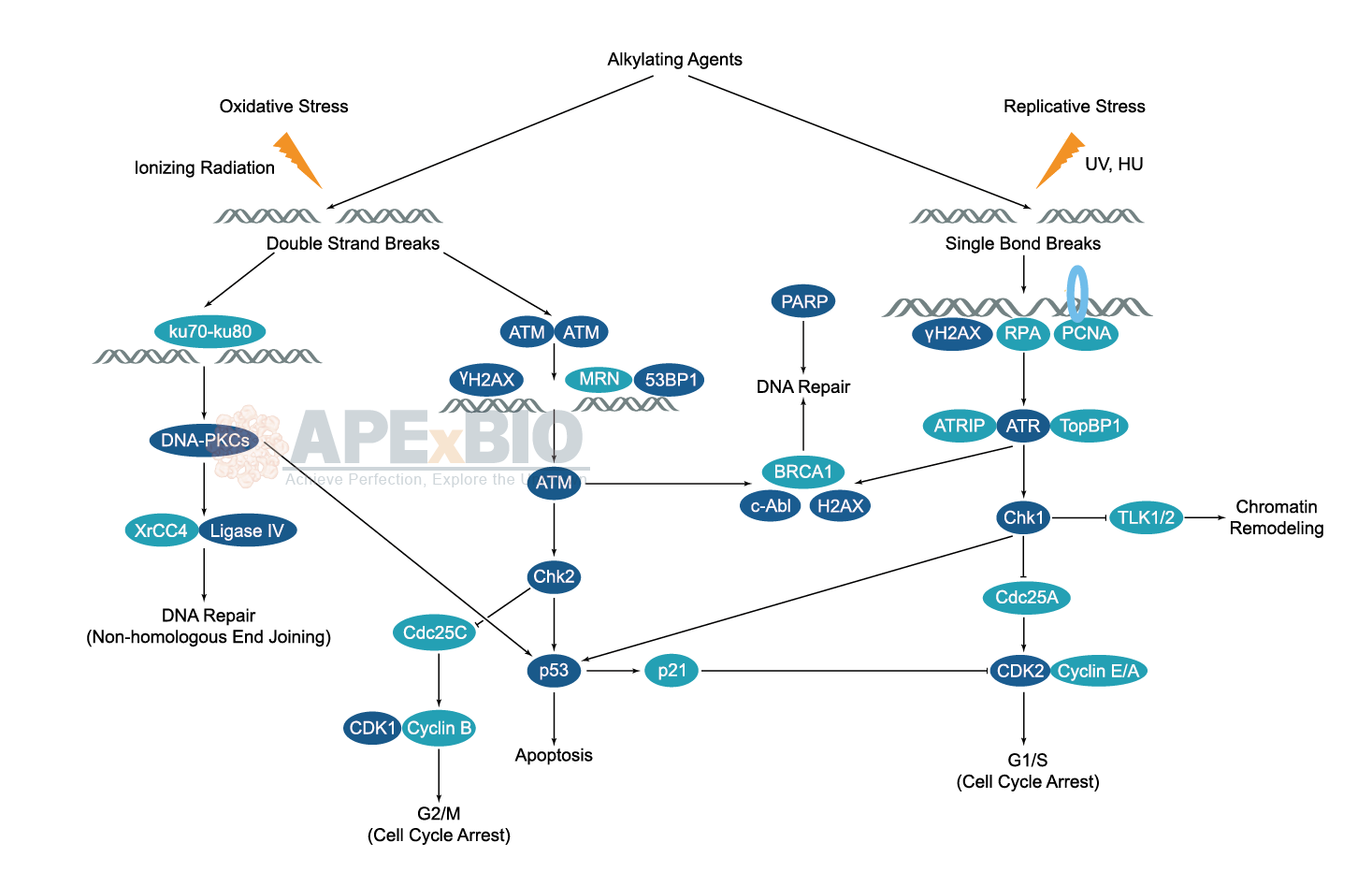
The DNA in a human cell receives tens of thousands of damages per day due to both external (exogenous) and internal (endogenous) stress. The exogenous damages are caused by chemical contamination, UV light, ionizing radiation and alkylation/methylation etc, while the endogenous damages are coming from oxidation, alkylation and hydrolysis of bases etc. Since single strand and double strand breaks of DNA will occur after the damage, unrepaired DNA damage leads to cell senescent, apoptosis and malignancies etc. To overcome this threat, cell has developed DNA damage response, to detect DNA damage and mediate its repair.
DNA repair involves multiple mechanisms such as mismatch, base excision, and nucleotide excision repair etc. A group of proteins and pathways are participated in those processes. ATM/ATR kinases and DNA-PK are crucial for the detection of the DNA damage. Chromatin remodelers regulate chromatin accessibility for the DNA repair factors to function. RPA, Rad51 and the fanconi anemia proteins act directly on repairing the DNA damage. p53 network, the RAS GTPase superfamily, and the ubiquitin system also play important part in the DNA damage response. Aberrant DNA damage response is linked to aging, cancer and immune diseases.
-
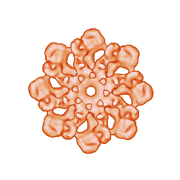 A9906 HDAC Set ISummary: For inhibiting HDAC
A9906 HDAC Set ISummary: For inhibiting HDAC -
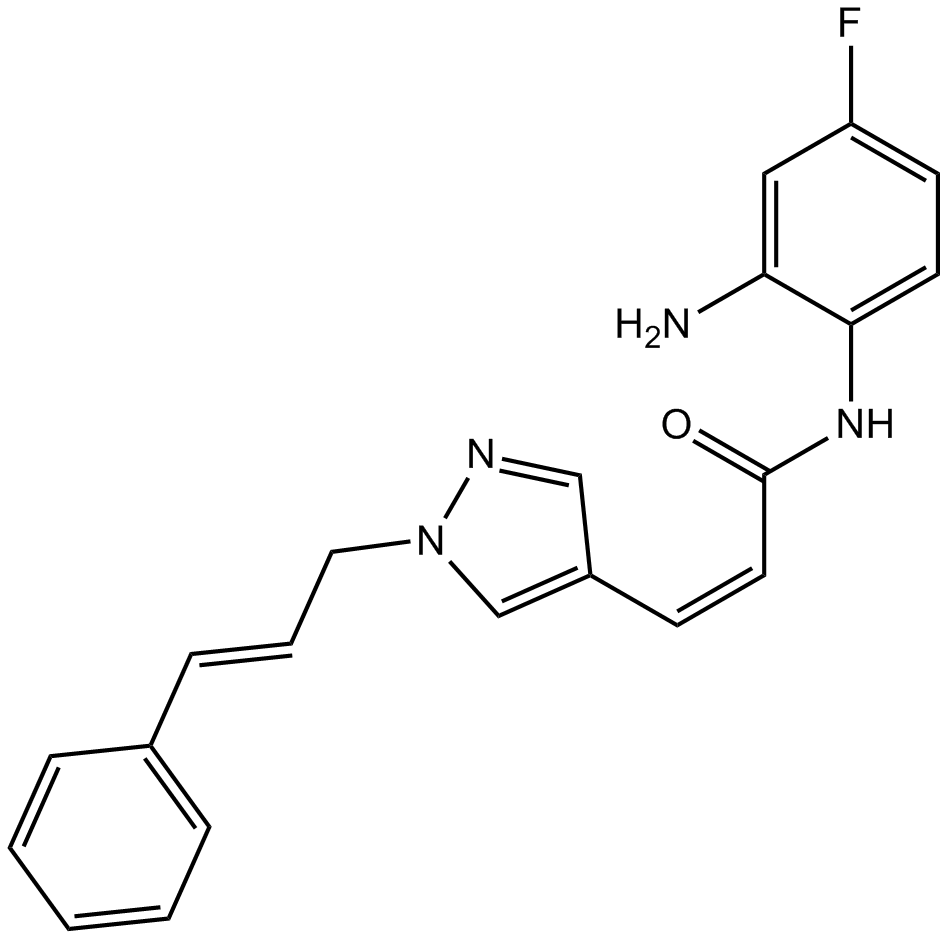 A8803 RGFP9664 CitationTarget: Histone Deacetylases (HDACs)Summary: Specific HDAC3 inhibitor
A8803 RGFP9664 CitationTarget: Histone Deacetylases (HDACs)Summary: Specific HDAC3 inhibitor -
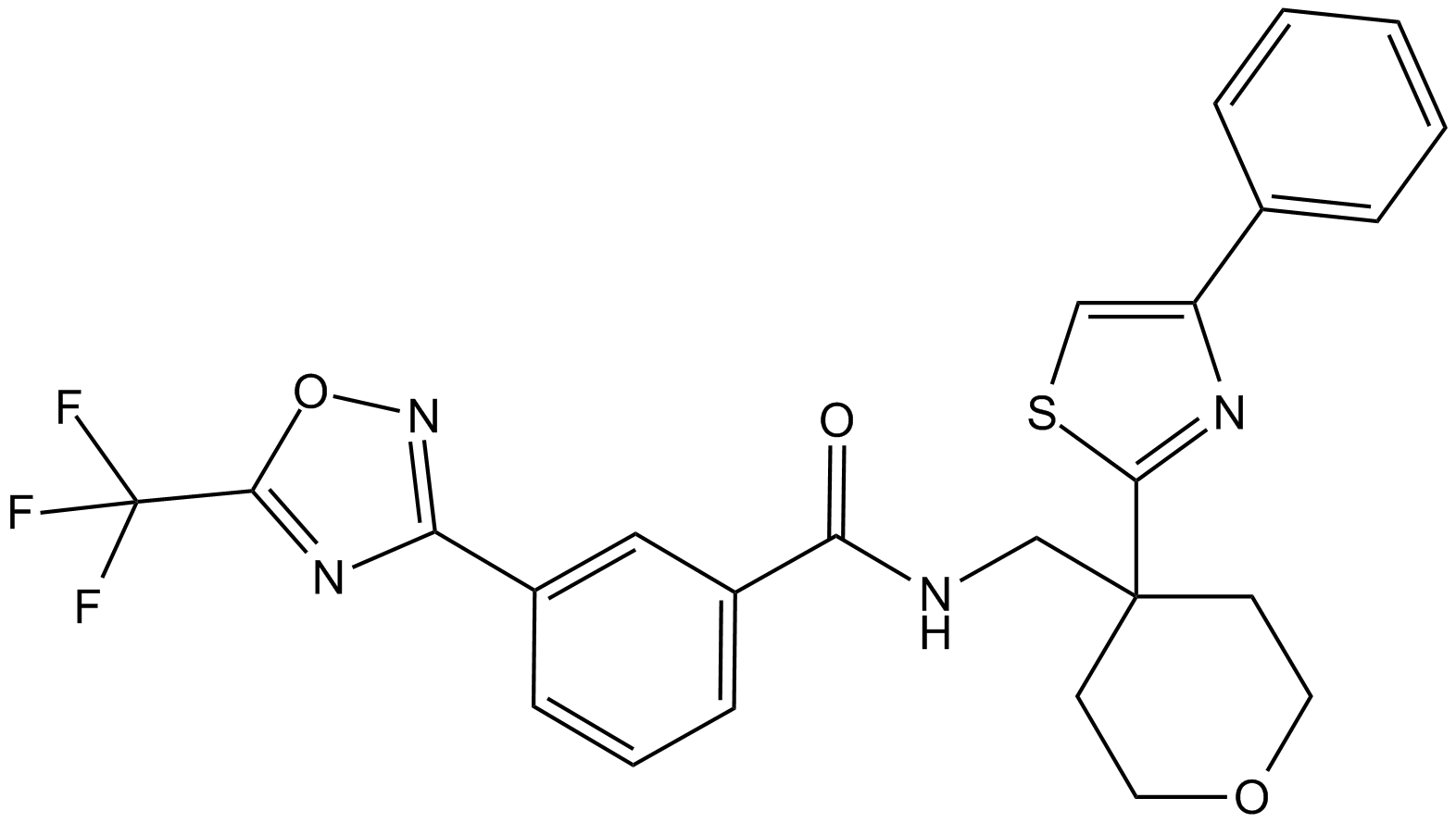 A8806 TMP269Summary: HDAC 4/5/7/9 inhibitor
A8806 TMP269Summary: HDAC 4/5/7/9 inhibitor -
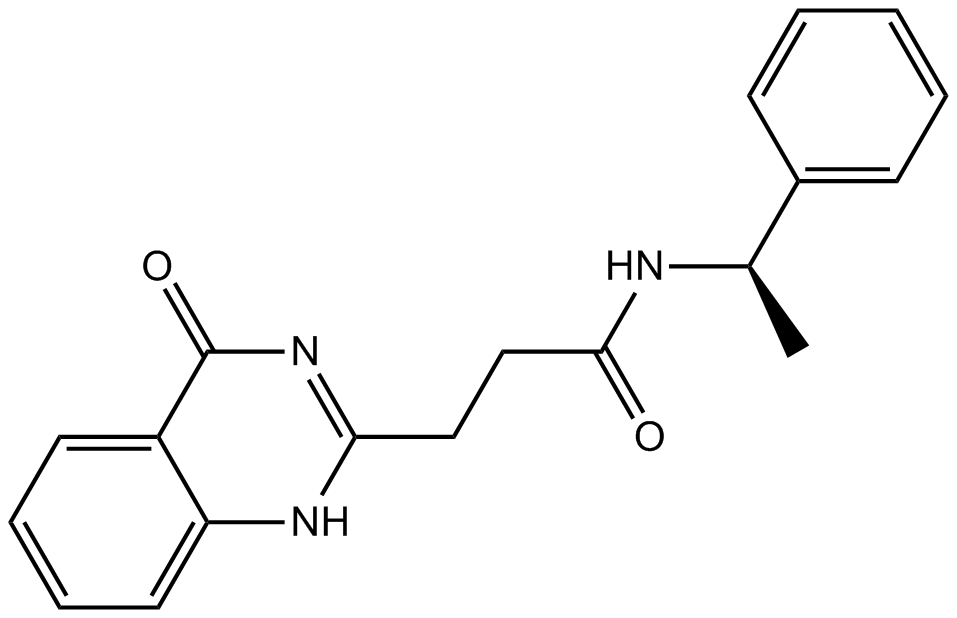 A8808 ME0328Target: PARPSummary: PARP inhibitor,potent and selective
A8808 ME0328Target: PARPSummary: PARP inhibitor,potent and selective -
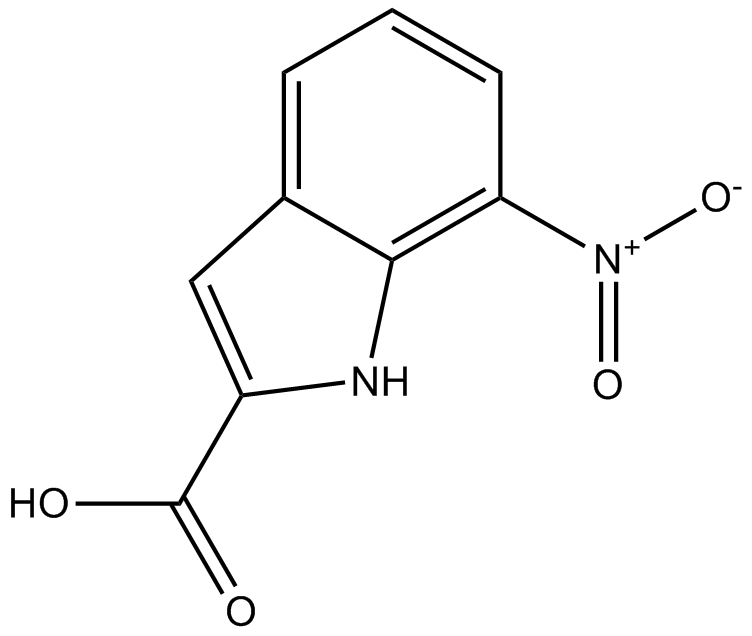 B3061 CRT0044876Target: AP endonucleasesSummary: APE1 inhibitor, potent and selective
B3061 CRT0044876Target: AP endonucleasesSummary: APE1 inhibitor, potent and selective -
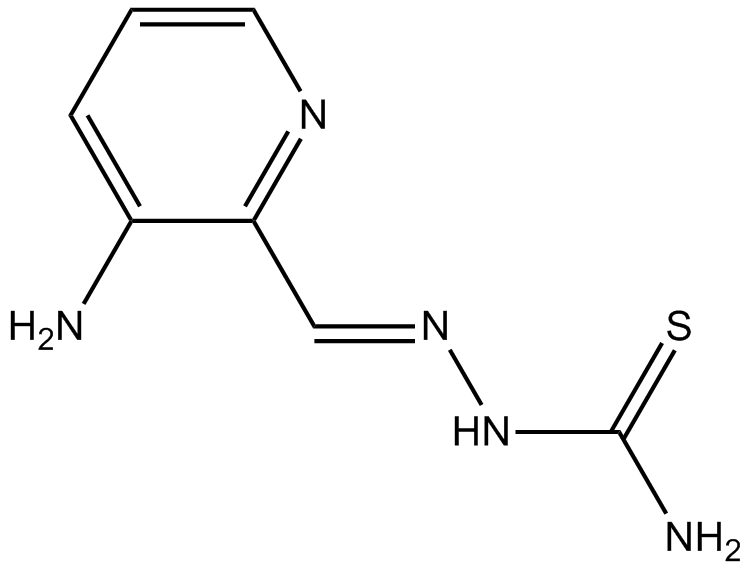 B3209 TriapineTarget: Ribonucleotide ReductasesSummary: Ribonucleotide reductase inhibitor
B3209 TriapineTarget: Ribonucleotide ReductasesSummary: Ribonucleotide reductase inhibitor -
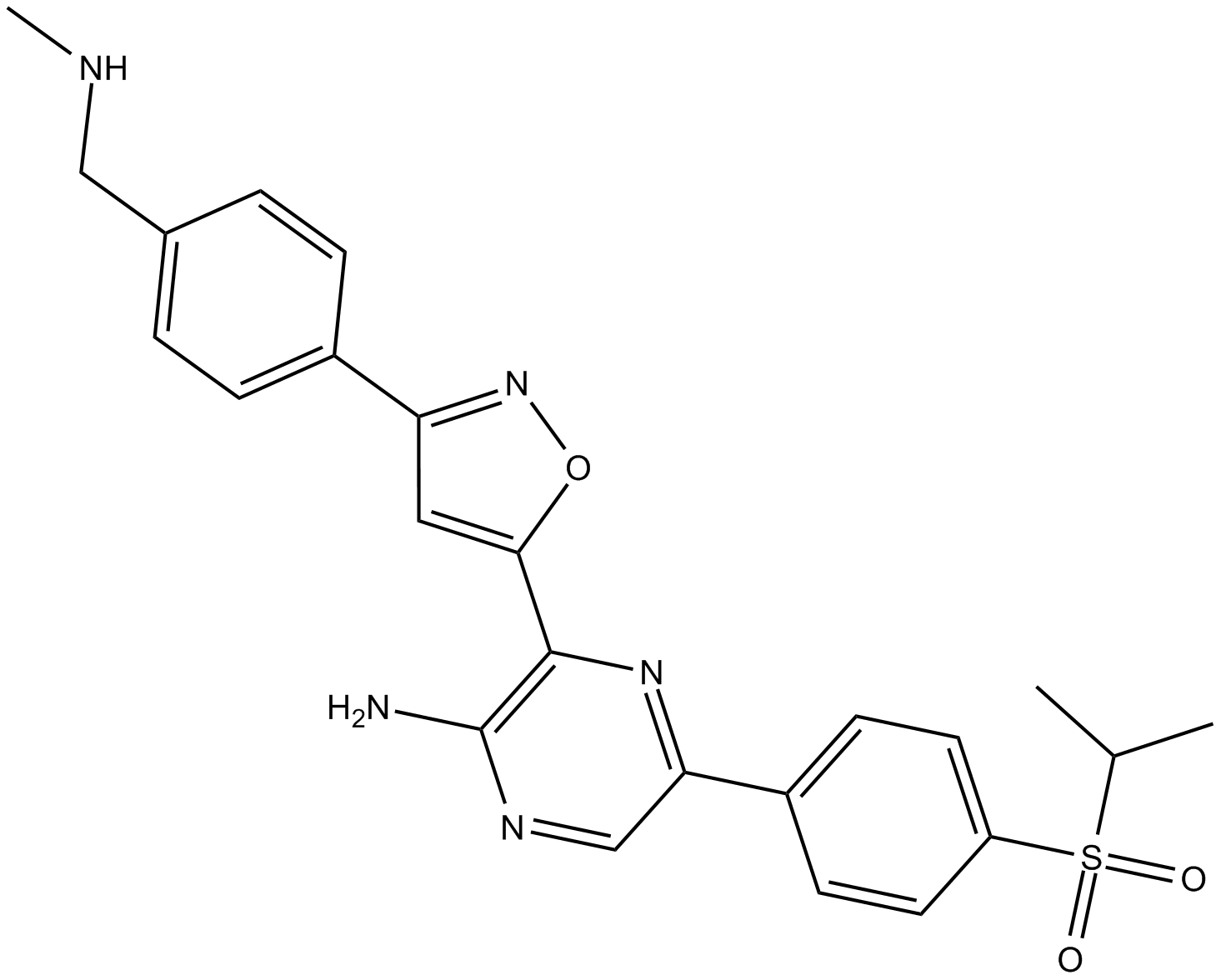 B1383 VE-8222 CitationTarget: ATM/ATRSummary: ATR inhibitor
B1383 VE-8222 CitationTarget: ATM/ATRSummary: ATR inhibitor -
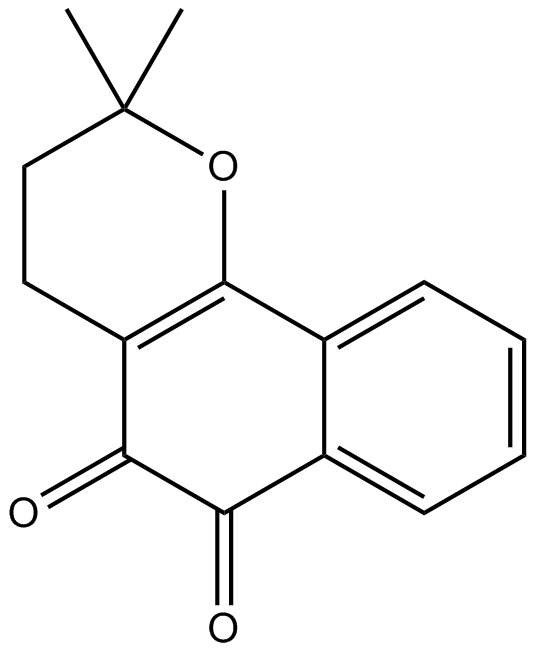 B2290 Beta-LapachoneTarget: TopoisomerasesSummary: DNA topoisomerase I inhibitor,selective
B2290 Beta-LapachoneTarget: TopoisomerasesSummary: DNA topoisomerase I inhibitor,selective -
 B1141 Varenicline HydrochlorideSummary: α4β2 nicotinic receptor agonist
B1141 Varenicline HydrochlorideSummary: α4β2 nicotinic receptor agonist -
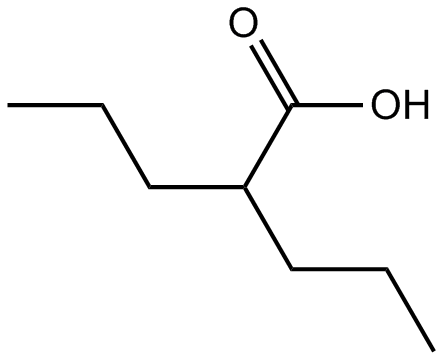 B1251 Valproic acidTarget: Histone Deacetylases (HDACs)Summary: HDAC1 inhibitor
B1251 Valproic acidTarget: Histone Deacetylases (HDACs)Summary: HDAC1 inhibitor

